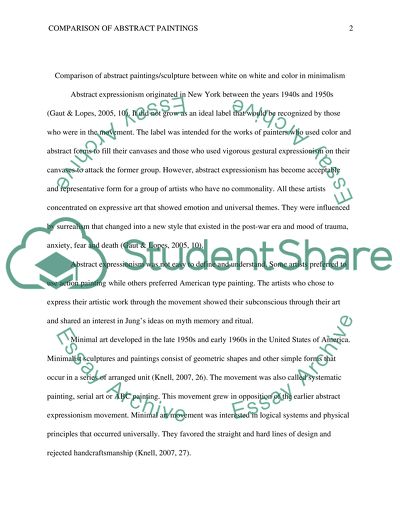Cite this document
(“White on white and color in minimalism Essay Example | Topics and Well Written Essays - 2500 words”, n.d.)
White on white and color in minimalism Essay Example | Topics and Well Written Essays - 2500 words. Retrieved from https://studentshare.org/visual-arts-film-studies/1435832-white-on-white-and-color-in-minimalism
White on white and color in minimalism Essay Example | Topics and Well Written Essays - 2500 words. Retrieved from https://studentshare.org/visual-arts-film-studies/1435832-white-on-white-and-color-in-minimalism
(White on White and Color in Minimalism Essay Example | Topics and Well Written Essays - 2500 Words)
White on White and Color in Minimalism Essay Example | Topics and Well Written Essays - 2500 Words. https://studentshare.org/visual-arts-film-studies/1435832-white-on-white-and-color-in-minimalism.
White on White and Color in Minimalism Essay Example | Topics and Well Written Essays - 2500 Words. https://studentshare.org/visual-arts-film-studies/1435832-white-on-white-and-color-in-minimalism.
“White on White and Color in Minimalism Essay Example | Topics and Well Written Essays - 2500 Words”, n.d. https://studentshare.org/visual-arts-film-studies/1435832-white-on-white-and-color-in-minimalism.


